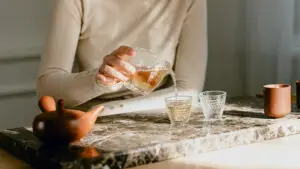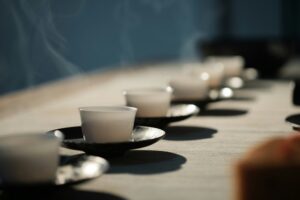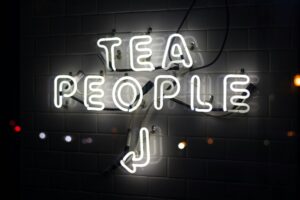Imagine the steam curling from a cup. Is it a meticulously brewed single-origin leaf savored in quiet solitude? A comforting, milky mug shared during a break at the office? Or perhaps a brightly colored, ice-filled concoction with chewy pearls, snapped for Instagram before the first sip? In the 21st century, tea is all these things and more. Far from being a relic of the past, this ancient beverage is dynamically woven into the fabric of our modern world, and the tea impact on our social and cultural lives is more profound and multifaceted than ever before.
For those of us who already appreciate the nuances of a good cup, it’s fascinating to step back and observe tea’s evolving role. It’s a global connector, a marker of identity, a wellness ritual, a digital phenomenon, and increasingly, a statement about our values. Let’s journey through the complex, sometimes contradictory, but always compelling ways tea continues to shape our world, moving far beyond the simple dichotomy of tradition versus modernity.
Globalization’s Double-Edged Leaf: Standardization Meets Cross-Cultural Fusion
Globalization has profoundly reshaped our relationship with tea, often in paradoxical ways. On one hand, industrialization brought us the convenience of the standardized tea bag. This humble invention democratized tea, making it an accessible daily staple in homes and workplaces worldwide. It fueled the spread of British tea culture – the afternoon cuppa, the builder’s brew – across continents. Yet, this very standardization sometimes flattened the perception of tea, reducing its vast diversity to a few familiar categories.
The Rise of Bubble Tea
But globalization of tea is not just a one-way street of simplification. It’s also a powerful engine for cross-cultural exchange and innovation. Consider the explosive global phenomenon of Bubble Tea (Boba). Originating in Taiwan in the 1980s, its journey is a compelling story of modern cultural flow. Initially nurtured within East Asian immigrant communities, it served as a taste of home, a social hub, a cultural anchor in new lands.
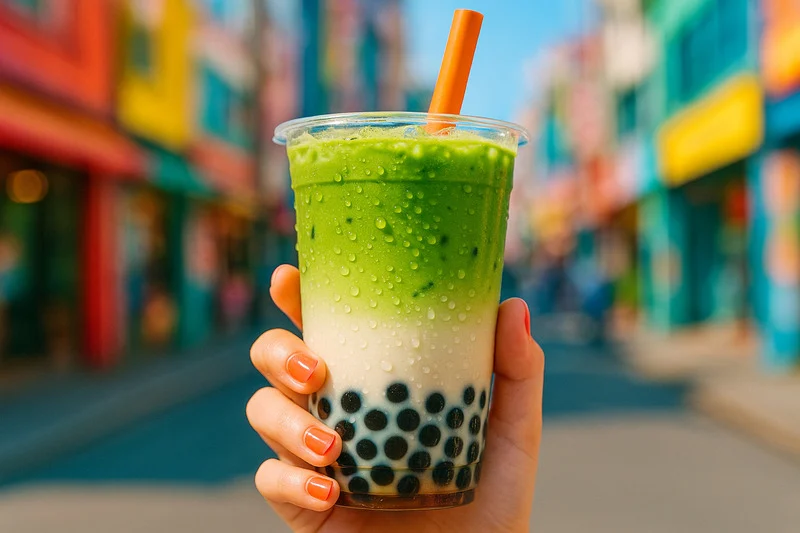
What propelled boba beyond these communities? Its inherent approachability. Unlike the sometimes-intimidating rituals of traditional tea ceremonies, boba offered sweetness, novelty (those chewy tapioca pearls!), and endless customization – sugar levels, ice, toppings. It lowered the barrier to entry for “tea culture,” particularly for younger generations. Then came social media. Boba’s vibrant colors, distinct layers, and unique toppings made it incredibly photogenic, a natural fit for visual platforms like Instagram and TikTok. The hashtag #bubbletea became a global trend, fueling a cycle of discovery, sharing, and imitation.
Crucially, boba didn’t just spread; it adapted. This “glocalization” is key to its enduring appeal. Walk into a boba shop in Los Angeles, London, or Kuala Lumpur, and you’ll find local flavors alongside the classics – mango sticky rice boba in Thailand, taro or ube variations popular in Filipino communities, even coffee or cocktail-inspired versions in Western markets. Brands tailor their store designs and marketing to local aesthetics. Boba shops have become distinct social spaces, evolving from street stalls to sleek mall fixtures, reflecting and shaping local youth culture. It has transcended its origins to become a shared global youth symbol, though not without sparking conversations about cultural appropriation and identity along the way.
The Rise of the Connoisseur: Diving Deep into Specialty Tea
While standardized tea bags conquered the mass market and boba captured the youth imagination, another powerful trend emerged, appealing to those seeking depth, quality, and knowledge: the Specialty Tea movement. Think of it as tea’s equivalent to coffee’s “Third Wave.” The focus shifts dramatically from branded blends to the unique story behind each leaf.
This movement champions terroir – the idea that the specific environment (soil, climate, altitude) where tea grows imparts distinct characteristics. It celebrates single-origin teas, highlighting unique cultivars and the craftsmanship of individual farmers and processors. Micro-lots, often produced in limited quantities, become treasured finds. The emphasis is on the sensory experience: discerning complex aromas, identifying subtle flavor notes, appreciating the evolving mouthfeel. Brewing methods themselves become part of the appreciation, recognizing how water temperature, infusion time, and teaware can unlock different facets of the tea’s potential.
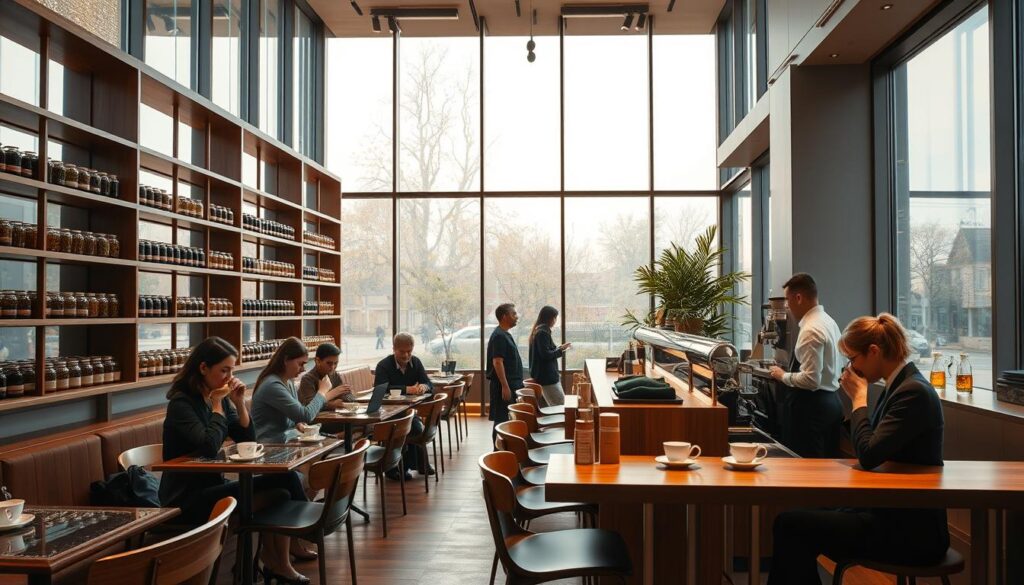
This is where the true diversity of the tea world shines, revealing intricacies far beyond broad categories like ‘green’ or ‘black’. Take, for example, Phoenix oolong – Dancong from the Phoenix Mountains in Guangdong province, China. These aren’t just generic ‘oolong teas’; they represent a pinnacle of specialty tea appreciation. Often harvested from single, sometimes ancient, trees or specific groves, Phoenix oolong – Dancongs are renowned for their remarkable aromatic profiles, meticulously crafted to mimic natural fragrances – hence evocative names like Mi Lan Xiang (Honey Orchid Fragrance), Xing Ren Xiang (Almond Fragrance), or Ya Shi Xiang (literally ‘Duck Shit Fragrance’, a famously misnamed but incredibly floral tea).
Appreciating a high-quality Phoenix oolong – Dancong involves understanding its specific mountain origin, the incredible skill required in its withering, firing, and rolling processes to develop that signature aroma and complex, often mineral-rich taste, and frequently employing a mindful brewing approach like Gongfu Cha to fully experience its layered unfolding. This deep dive into provenance, hyper-specific aroma, meticulous craft, and the ritual of preparation is the very essence of the specialty tea movement.
This pursuit of quality and knowledge fosters vibrant communities. Specialty tea houses, online forums like Reddit’s r/tea, dedicated blogs, and social media groups become spaces for enthusiasts to share tasting notes, compare brewing techniques, source rare teas, and connect with fellow aficionados across the globe. It’s a culture built on curiosity, appreciation, and the shared joy of discovery.
Beyond the Brew: Tea as Modern Ritual and Wellness Companion
In our often-frenetic modern lives, tea has found a powerful role as a tool for self-care, mindfulness, and personal ritual. While traditional, elaborate tea ceremonies like the Japanese Chado or Chinese Gongfu Cha continue to be practiced and preserved, embodying deep cultural and spiritual significance, many people are creating their own simplified, yet meaningful, “tea moments.”
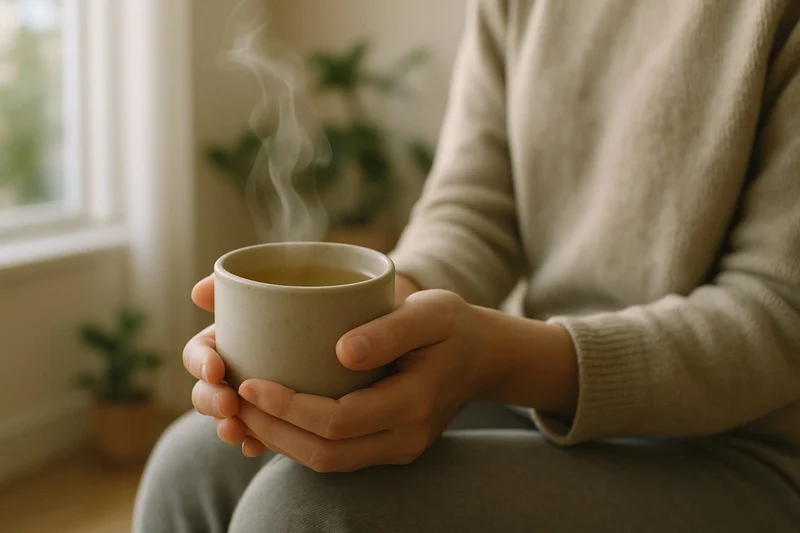
This trend is closely tied to the pervasive narrative of tea and health. The antioxidant properties of green tea, the calming effects of chamomile, the gentle caffeine lift of black tea – these benefits are widely recognized and align perfectly with contemporary wellness culture’s focus on natural remedies, stress reduction, and holistic health.
But the connection goes deeper than just physical benefits. The very act of preparing and sipping tea can be a practice in mindfulness. Choosing a specific tea, waiting for the water to heat, watching the leaves unfurl, savoring the warmth and aroma – these small steps encourage us to slow down, focus on the present moment, and disconnect from the digital deluge. Whether it’s the energizing cup that starts the morning, a calming herbal infusion before bed, or a mindful pause during a busy workday, these personal tea rituals provide structure, comfort, and a pocket of tranquility in our daily routines. They transform a simple beverage into an act of deliberate self-care.
The Digital Tea Leaf: How Social Media Impact on Tea Trends
The influence of the digital world on modern tea culture is undeniable and multifaceted. Social media platforms, particularly visually driven ones like Instagram and TikTok, have become powerful forces in shaping trends, disseminating knowledge, and building communities.
The “Instagrammable” quality is paramount, especially for new-style tea drinks, but it extends to the broader tea world. The visual appeal – the color of the liquor, the elegance of the teaware, the aesthetic of the tea space – is heavily emphasized. This “visual economy” influences everything from packaging design to cafe interiors.
Key Opinion Leaders (KOLs) – tea bloggers, reviewers, educators, and influencers – play a significant role. Through beautifully crafted photos, engaging videos (showing brewing techniques, farm visits, taste tests), and informative posts, they introduce followers to new teas, demystify complex concepts, and guide purchasing decisions. While they can be invaluable sources of knowledge and inspiration, it’s also wise for consumers to be discerning, aware of potential biases or commercial partnerships.
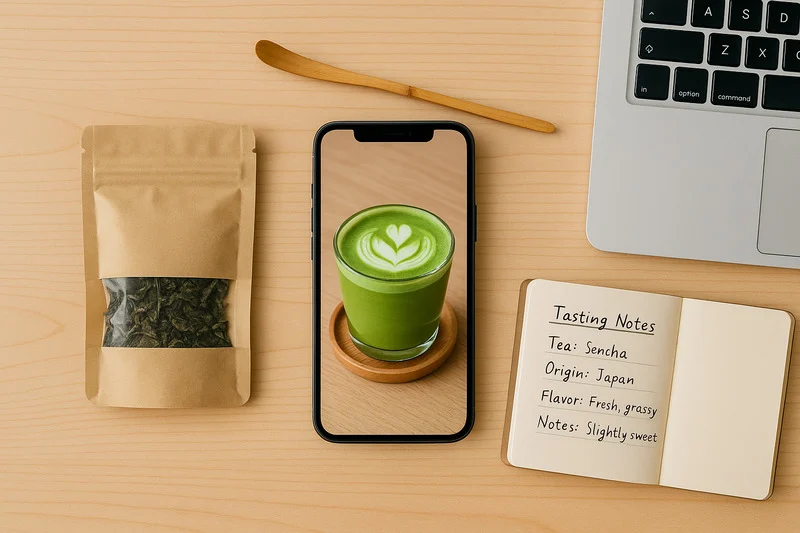
Perhaps most significantly, the digital age has fostered global online tea communities. Geographic barriers dissolve as enthusiasts connect in Facebook groups, dedicated forums, Discord servers, and comment sections. These spaces allow for instant sharing of tasting notes, troubleshooting brewing issues, group buying of rare teas, and lively discussions about every facet of tea culture. They offer a sense of belonging and shared passion, connecting a niche interest group across vast distances, nurturing even very specific sub-cultures dedicated to Pu-erh aging, Japanese Matcha preparation, or, indeed, the nuances of different Phoenix Oolong Tea – Dancong varieties.
The Conscientious Cup: Rising Demand for Ethical and Sustainable Tea
As consumers become more aware of global supply chains and the environmental and social impact of their choices, the demand for ethically sourced and sustainably produced tea is growing significantly. The idyllic image of serene tea gardens can sometimes mask complex realities.
Issues such as fair wages and working conditions for tea pluckers, the environmental impact of pesticide use and water consumption, deforestation for plantation expansion, and the carbon footprint of processing and transportation are increasingly entering the consumer consciousness. Negative media reports or NGO campaigns highlighting poor practices can significantly damage brand reputation and spur consumer action.
In response, we see a rise in certifications like Fair Trade (guaranteeing minimum prices and fair labor conditions), Rainforest Alliance (promoting biodiversity and sustainable farming), and Organic. Consumers are actively seeking these labels, signaling their desire for tea that aligns with their values. There’s also growing interest in “direct trade” models, where brands build close relationships with farmers, ensuring better prices and fostering transparency.
The environmental footprint is also under scrutiny. Concerns about non-biodegradable tea bags (containing plastics), excessive packaging, and resource-intensive farming practices are prompting both consumers and companies to seek alternatives. Brands are exploring plant-based tea bags, recyclable or compostable packaging, and investing in sustainable farming techniques.
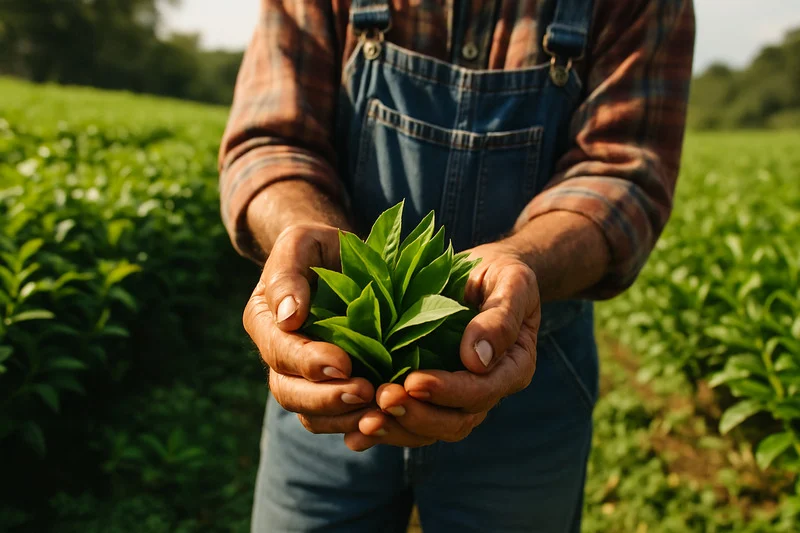
While challenges remain – ensuring the authenticity of claims (avoiding “greenwashing”), balancing ethical costs with market competitiveness, especially for smaller producers – the trend is clear: the story behind the tea, including its impact on people and the planet, is becoming as important as the taste in the cup for a growing number of consumers.
Tea’s Enduring Brew: Tradition, Innovation, and Connection
From the standardized bag in a million kitchens to the hyper-specific terroir of a single-tree Dancong, from the global boba craze fueled by social media to the quiet, personal ritual of a mindful cup, tea in modern society is a fascinating tapestry woven from threads of tradition and innovation, global flows and local identities, commerce and culture.
It remains a powerful social lubricant, facilitating conversations in homes, workplaces, and cafes, even if the setting is now as likely to be a trendy boba shop as a traditional tea house. It reflects our contemporary desires – for health and wellness, for authentic experiences, for connection in an increasingly digital world, and for ethical consumption.
Tea’s enduring relevance lies in its remarkable adaptability. It absorbs cultural influences, adopts new technologies, and responds to shifting societal values, demonstrating the profound and varied tea impact on our global culture, personal well-being, and social connections, all while retaining its fundamental ability to offer comfort, stimulate the senses, and bring people together. As we continue to navigate the complexities of modern life, it seems certain that tea, in its ever-evolving forms, will continue to be a cherished companion and a revealing mirror to our times. So, next time you brew a cup, take a moment to appreciate not just the leaves, but the rich social life steeped within.

